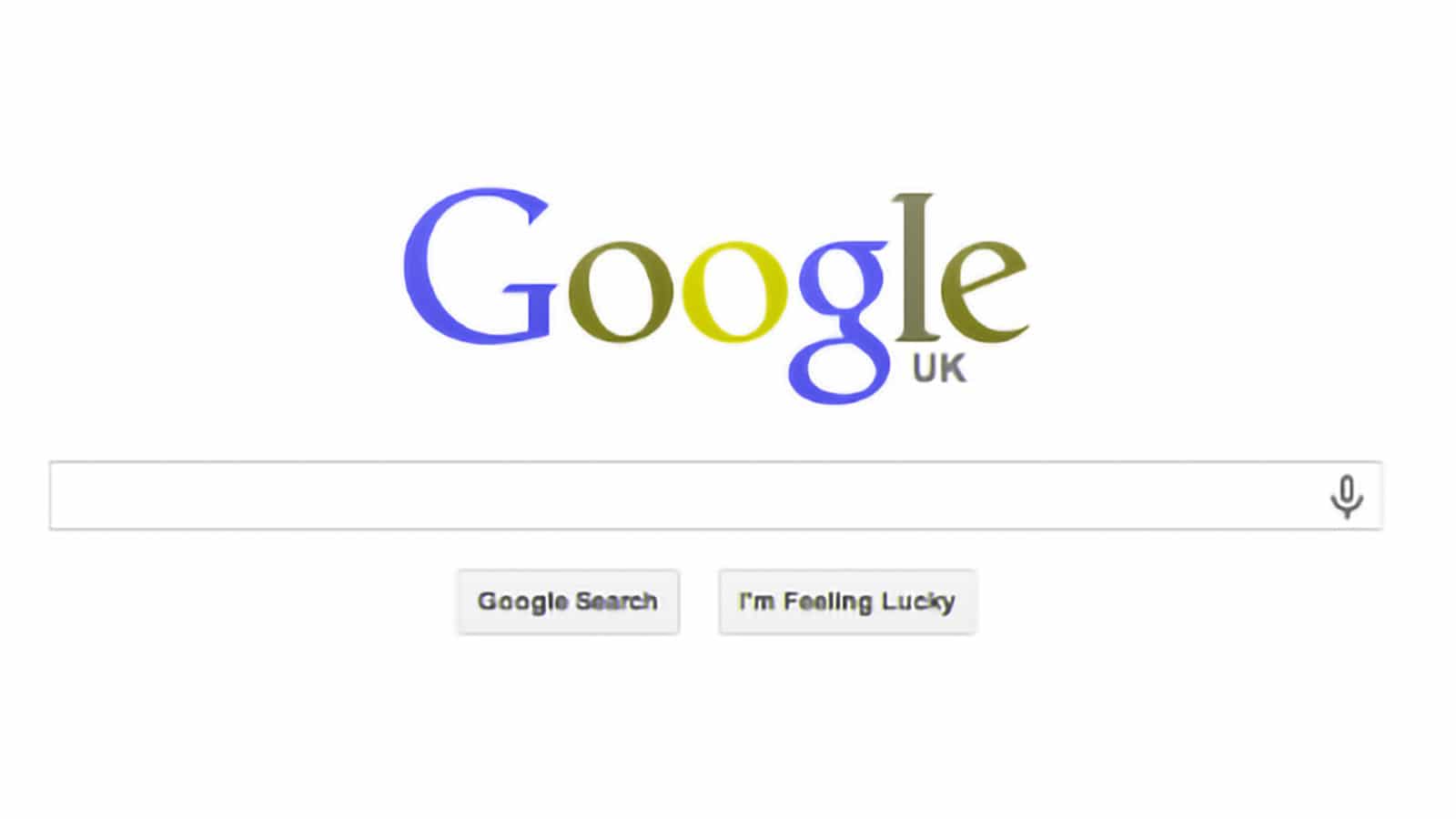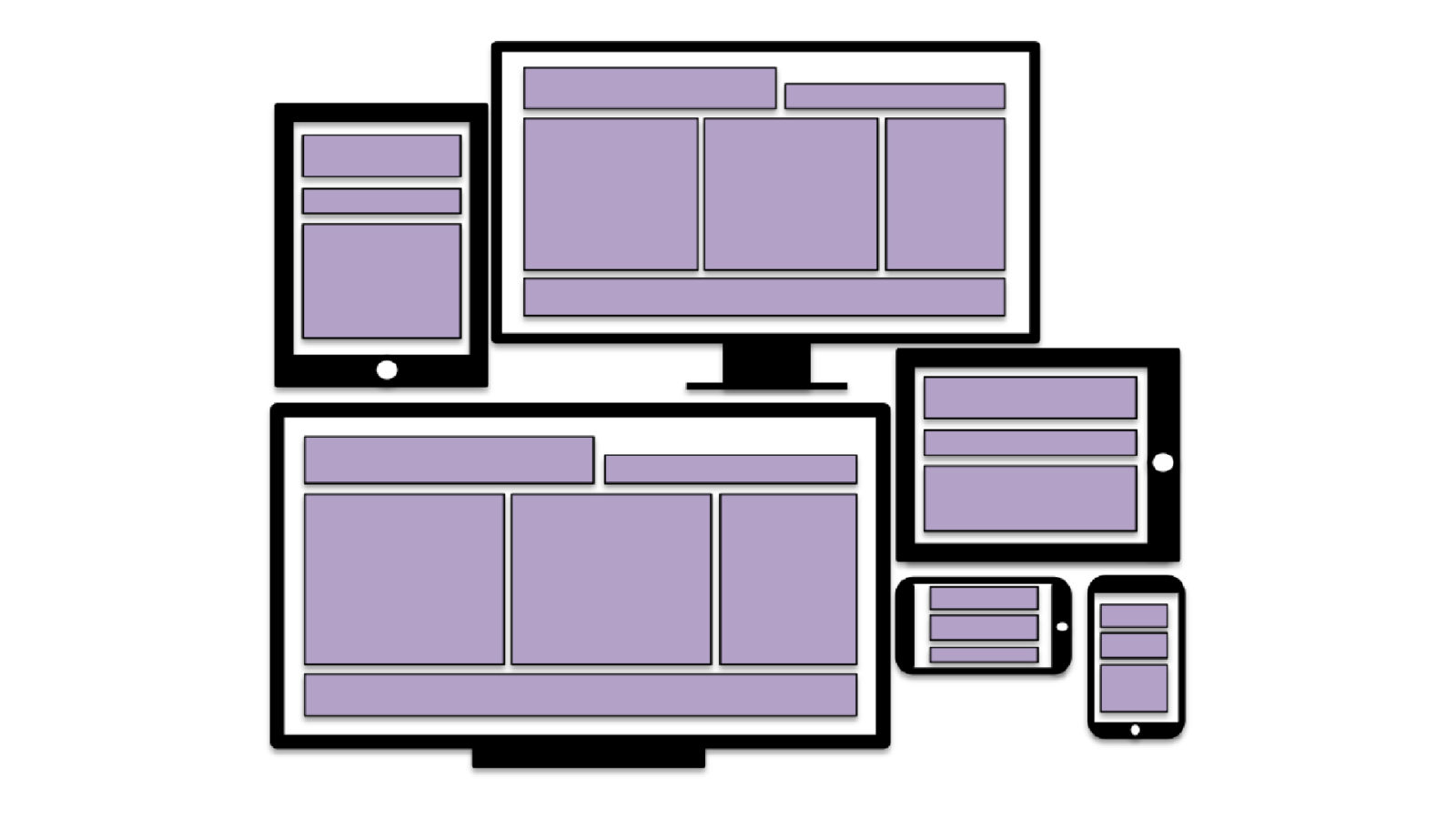The web is full of teardowns of consumer electronics but digital projects don’t really get a look in. We thought we would produce an occasional series of blog posts picking apart how a recent digital campaign may have been created.
For this inaugural outing we are going to “tear down” the wonderful British Airways “Look Up” campaign:
It’s a great creative idea and the industry press have been keen to feature it. To recap, digital advertising displays show an advert for British Airways (BA), the advert is interrupted with a child pointing to the sky when a real BA jet passes overhead. It’s a great effect.
No one gives much away about how it’s done, and the The Drum article describes the tech as: “custom built surveillance technology” which sounds very intriguing (and almost illegal). The DailyOoh points out that: “A weather feed reads the cloud height to ensure the plane is visible before showing the advert. The messaging of the creative will change depending on which plane is above the Towers, with the destination of the planes influencing what content is displayed.”
We gathered our teams of technical directors and technical leads together to look at how you might put a similar campaign together.
The core challenge on this project is to make sure the creative is timed accurately with the plane in the sky. A few solutions:
1) Precalculated Data: One approach is to load the flight times into the computer, driving the display and then approximating when the plane will be above the display based on the flight time. We discounted this option as sometimes flights could be running late (or early). At least we hope they aren’t doing it this way, as it’s not very exciting.
2) Real-Time Data: There are a couple of ways to get real-time data, different only in their accuracy:
a) They could’ve used real-time data from the flight information system at the airport. This is available via a commercial API here. Again, this data is near-real-time as so some calculations and assumptions would need to be made;
b) Data could have come directly from BA. We discounted this option, as in our experience, asking an end-client to provide such data will typically take a long time for their internal sign-off and work to be scheduled;
c) So, our favourite option was to to use data directly from the planes, and this is the solution we break out a little further below.
Real Data from Real Planes
Currently, 60% of European planes transmit details about their location, speed, altitude, flight number, etc. All this is sent through the air to anyone who is interested in receiving it. In fact, air traffic control are moving to use this data rather than radar when managing our airspace.
To receive this data, you need a £20 USB TV Receiver and some open-source software which converts the signal into a nice text stream. The receiver can be upgraded for better reliability by adding an additional antenna for £50. A custom application needs to be written to take the text stream and match the data to BA flights. (Remember some flights BA might not actually want to display.)
Once you have the flight number, location and altitude, it’s simple a case of some maths to work out the average view of the location and match that with the video of the child pointing; triggering the interruption at the right time.
System Architecture
The next big question is around architecture. There are many ways to deliver the project from this point of view, and the solution should be based around the requirement for control, maintenance, upgrades. Being able to upgrade and control the logic for the displays remotely is extremely appealing and possibly necessary to deal with any atypical events.
The display provider will dictate this part of the solution to some extent.
Fallback
The fallback is pretty easy in the case of issues with the feed, the display continues but without the interruptions about BA planes nearby.
Other Ideas?
So this use of transport data gets you thinking; perhaps an agency might try this with train data or bus data soon?
We hope you enjoyed our inaugural digital project teardown. Let us know which digital project we should cover next via hello@cohaeus.co.uk.
Author: Richard Bundock.



